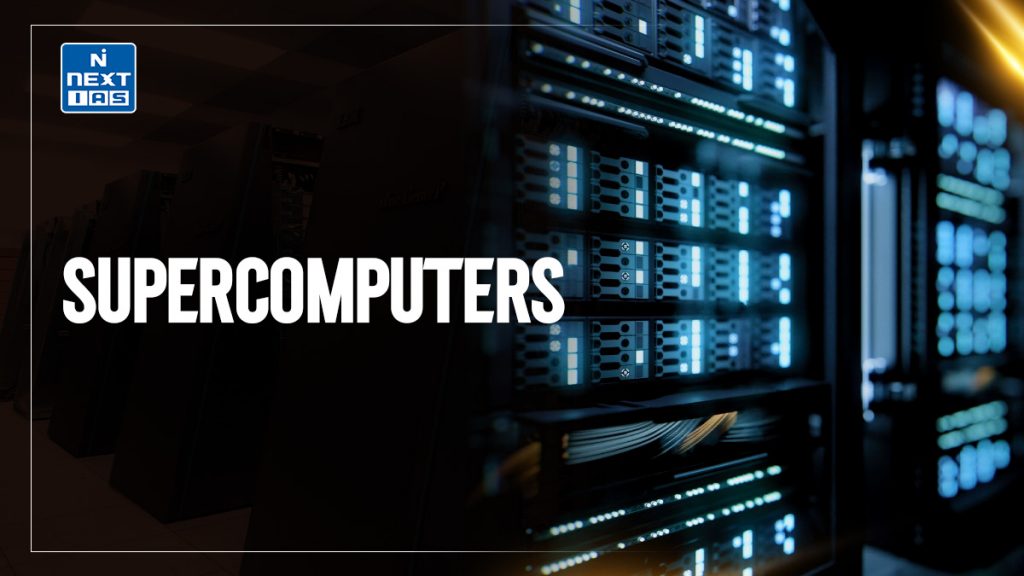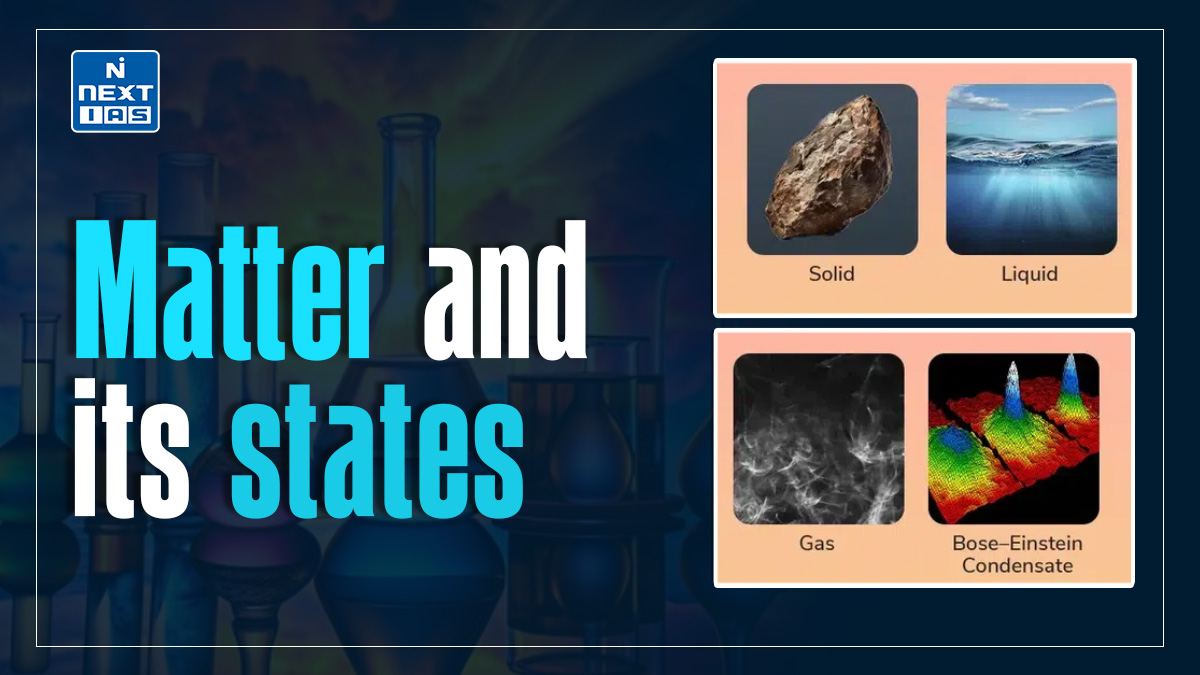
Supercomputers are advanced computing systems capable of performing trillions of calculations per second. They solve complex problems in fields like weather forecasting, scientific simulations, and artificial intelligence. Featuring massive processing power, parallel computing, and extensive memory, supercomputers drive innovation and breakthroughs by handling tasks beyond the reach of traditional computers.
What are Super Computers?
- They are the physical embodiment of High-Performance Computing (HPC), allowing organizations to solve problems that would be impossible with regular computers.
- So these are kind of computers with a high level of computing performance compared to a general purpose computer. Its performance is measured in FLOPS (floating point operations per second).
- It has great speed and great memory which are the two prerequisites of a super computer. It’s performance is generally evaluated in petaflops .
- Its memory is averaged around 250000 times of the normal computer (we use it on a daily basis). It is housed in large clean rooms with high air flow to permit cooling.It is used to solve problems that are too complex and huge for standard computers.
| Unit | Flops | Example | Decade(s) |
|---|---|---|---|
| Hundred FLOPS | 102 | Eniac | 1940 |
| KFLOPS (kilo flops) | 103 | IBM 704 | 1950 |
| MFLOPS (mega flops) | 106 | CDC 6600 | 1960 |
| GFLOPS (giga flops) | 109 | Cray-2 | 1980 |
| TFLOPS (teraflops) | 1012 | ASCI Red | 1990 |
| PFLOPS (petaflops) | 1015 | Jaguar | 2010 |
| EFLOPS (exa flops) | 1018 | Under development | 2020 |
Characteristics of Supercomputer
- These types of computers are able to solve large amounts of calculations, and complicated calculations as well.
- Multiple users are capable of accessing the supercomputer at same time.
- It is more expensive so ordinary users can not purchase this computer.
- Use for special areas where there is a high amount and complicated calculations.
- It has a huge storage capacity.
Applications of Supercomputers in Various Fields
- Academic research i.e., for observing and simulating the phenomena which are too big, too small, too fast, or too slow to observe in laboratories. For example, astrophysicists use supercomputers as “time machines” to explore the past and the future of our universe. Another important area is quantum mechanics.
- Weather and climate modeling to forecast with better accuracy by analyzing multiple factors and their interrelationships.
- Medicine discovery for e.g. how a protein folds information leads to the discovery of new drugs.
- Monsoon Forecasting using dynamic Models.
- Big data mining to strengthen and better mobilization of digital India mission.
- Oil and gas exploration, therefore, ensuring energy security of India.
- Airplane and spacecraft aerodynamics research and development, therefore better safety standards and smoother connectivity thereby helping in ease of transportation.
- Simulation of nuclear fission and fusion processes, therefore imparting better nuclear infrastructure models and helping in energy security of the nation.
- Molecular dynamics i.e., supercomputer simulations allow scientists to dock two molecules together to study their interaction which may lead to the development of innovative materials for future generation technologies.
Initiatives Taken by Government
Governments worldwide have launched initiatives to advance supercomputing, enabling innovation in science, defense, and technology. Here are key initiatives:
- India (National Supercomputing Mission – NSM): Aims to build a robust supercomputing infrastructure across research institutions, develop indigenous technologies, and support AI and big data applications.
- USA (Exascale Computing Project – ECP): Focuses on achieving exascale performance to address critical challenges in climate modeling, healthcare, and defense.
- China (Sunway TaihuLight and Tianhe Projects): China leads with homegrown supercomputers, driving advancements in AI, physics simulations, and space research.
- EU (EuroHPC Joint Undertaking): The European Union collaborates on building powerful supercomputers to enhance competitiveness and innovation.
- Japan (Fugaku Supercomputer Initiative): Developed by RIKEN and Fujitsu, Fugaku leads in simulating pandemics, disaster prevention, and scientific discovery.
These initiatives aim to strengthen technological sovereignty and advance national priorities.
National Supercomputing Mission (NSM)
- The Mission envisages empowering national academic and R&D institutions spread over the country by installing a vast supercomputing grid comprising of more than 70 high-performance computing facilities.
Features of the Mission:
- It under the programme will also be networked on the National Supercomputing grid over the National Knowledge Network (NKN). The NKN is another programme of the government which connects academic institutions and R&D labs over a high speed network.
| Fastest Supercomputers of World Fugaku (Japan): It is jointly developed by RIKEN and FUJITSU. It is the world’s most powerful public supercomputer, at 442 petaflops. Summit (US): Summit or OLCF-4 is a supercomputer developed by IBM. It is capable of 200 petaFLOPS, making it the second fastest supercomputer in the world. Sierra (US): Sierra or ATS-2 is a supercomputer built for the Lawrence Livermore National Laboratory. It has speed of 125 petaflops making it world’s 3rd fastest supercomputer of world. Sunway TaihuLight (China): Chinese Sunway TaihuLight is fourth fastest supercomputer of world (93 petaflops). It is developed by the National Research Center of Parallel Computer Engineering & Technology (NRCPC) in China. Tianhe-2 (China): Tianhe-2 or TH-2 is a 33.86-petaflops supercomputer making it fifth fastest supercomputer of world. It located in the National Supercomputer Center in Guangzhou, China. Juwels Booster Module (Germany): It is the newest entrant on the list. It is the most powerfull system in Europe. The bull sequna machine recently install in Germany. Fastest Supercomputers in India PARAM Siddhi-AI: PARAM Siddhi-AI has a speed of 5.267 Petaflops. This system, jointly built by the Department of Science and Technology and Ministry of Electronics and IT under the National Supercomputing Mission. Pratyush: Pratyush is an array of computers has a speed of 4.006 petaflops. The supercomputer is installed at two government institutes: High performance computing (HPC) facility at Indian Institute of Tropical Meteorology (IITM), Pune & Facility at the National Centre for Medium Range Weather Forecast, Noida. Mihir: ‘Mihir’ is a 2.8 Petaflop supercomputer which has been operational at the National Centre for Medium Range Weather Forecast (NCMRWF), Noida. It is one of the powerful systems owned by the Ministry of Earth Sciences and has helped improve India’s forecasting skills. The Mission includes development of highly professional High Performance Computing (HPC) aware human resource for meeting challenges of development of the applications of the mission. India looks forward to create a cluster of machines for weather forecasting, drug discovery and data mining. |
Way Forward
Supercomputers should advance by integrating quantum computing for complex problem-solving, leveraging AI for optimization, enhancing energy efficiency through sustainable architectures, and fostering global collaboration. Innovations in data management and interconnect technologies will enable broader applications, from climate modeling to precision medicine, driving societal and scientific progress.
Conclusion
Supercomputers are transformative tools in science, technology, and innovation, enabling breakthroughs in fields like climate modeling, medicine, and astrophysics. Their immense computational power accelerates problem-solving and decision-making, addressing complex global challenges.
As technology advances, supercomputers will continue reshaping industries, enhancing research, and driving progress in unprecedented ways.
Frequently Asked Questions (FAQs)
Which is India’s first supercomputer?
India’s first supercomputer is Param 8000, developed by the Centre for Development of Advanced Computing (C-DAC) in 1991. It was a significant milestone in India’s computing capabilities, designed to handle complex scientific and engineering problems.
Who is the father of the Indian supercomputer?
The “Father of the Indian Supercomputer” is Dr. Vijay Bhatkar. He played a pivotal role in the development of India’s first supercomputer, Param 8000, through the Centre for Development of Advanced Computing (C-DAC).
Which is India’s fastest supercomputer?
India’s fastest supercomputer is Airawat, which was introduced in 2023. It has earned its place in the global top 500 supercomputers, ranking 75th.
List some examples of supercomputers.
Examples of supercomputers include Fugaku (Japan), ranked as the world’s fastest supercomputer, Summit (USA), used for scientific simulations, Tianhe-2 (China), for advanced weather forecasting, and PARAM Siddhi-AI (India), focusing on AI and research applications.
Which is the latest supercomputer of India?
India’s latest supercomputer is the Param Rudra, launched in September 2024 as part of the National Supercomputing Mission (NSM).
Which is the World’s first supercomputer?
The world’s first supercomputer was the CDC 6600, developed by Control Data Corporation (CDC) and released in 1964. Designed by Seymour Cray, it had a processing speed of 3 million instructions per second (MIPS), making it the fastest machine of its time.






